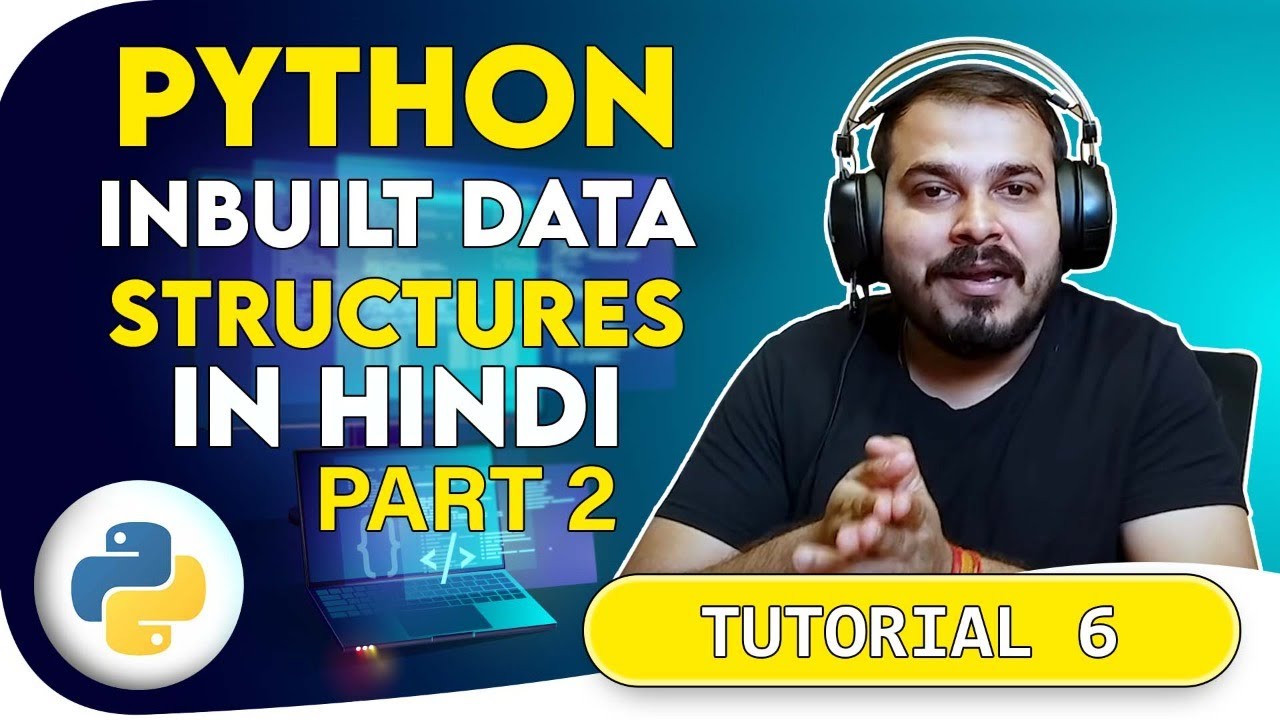algorithms and programming: simple gcd
Summary
TLDRThis script is a detailed tutorial on the concepts of algorithms and data structures in the context of programming, specifically in Python. It introduces algorithms as a set of steps to solve problems efficiently, like a recipe for cooking. The tutorial explains the importance of algorithms in programming, how they are used to execute tasks in a step-by-step manner, and their implementation in computers. It also delves into the basics of programming languages, the role of functions, and the process of creating a program. The script further discusses the Great Common Divisor (GCD) as an algorithmic example, illustrating how to calculate it and emphasizing the significance of algorithms in everyday computational tasks.
Takeaways
- 😀 The course introduces the basics of programming, data structures, and algorithms, starting with the fundamental concept of an algorithm.
- 🎓 An algorithm is a set of steps that can be followed to solve a problem or perform a computation, akin to a recipe in cooking.
- 💡 Programming languages allow us to write instructions for a computer to execute, with the goal of making tasks automated and efficient.
- 👨🏫 The course emphasizes that algorithms can be executed by a human or a machine, but the expectation is that a computer will carry out the steps defined by the programmer.
- 🔍 The example of planning an event like a function in a hall illustrates how an algorithm can involve multiple steps and considerations.
- 📚 The script discusses the importance of detailing an algorithm at various levels of detail depending on the experience of the audience or team executing it.
- 🔢 The concept of the greatest common divisor (GCD) is used to demonstrate how algorithms can be used to find the largest common factor between two numbers, showcasing a practical application.
- 🛠️ The script introduces a simple algorithm to calculate the GCD by listing the factors of two numbers and finding the largest common one.
- 💻 The course will cover how to implement algorithms in the context of computer programming, emphasizing the practical application of algorithms to solve computational problems.
- 🌐 The script highlights the ubiquity of algorithms in everyday life, from booking flights to solving puzzles like Sudoku, emphasizing their role in optimization and data processing.
Q & A
What is the primary focus of the course mentioned in the script?
-The primary focus of the course is on algorithms, data structures, and the basics of programming, starting with an introduction to algorithms.
What is the definition of an algorithm according to the script?
-An algorithm is defined as a set of steps or instructions to perform a specific task or solve a particular problem, much like a recipe in cooking.
How are algorithms related to programming languages?
-Algorithms are the logical procedures that programming languages use to execute tasks. The script explains that programming languages allow us to write programs that detail the order of necessary steps and handle different scenarios.
What is the significance of steps in an algorithm?
-The steps in an algorithm are significant because they represent the sequence of actions that must be executable by a machine, such as a computer, to perform a specific task.
Why is it necessary for a program to be executable by a machine?
-A program must be executable by a machine so that the machine can carry out the instructions as intended by the programmer, which is the common context for programming.
What is the role of a function in the context of the script?
-In the context of the script, a function represents a set of instructions that perform a specific task, such as arranging chairs in a hall, and is a fundamental building block in programming.
Why is it important to detail the steps of an algorithm?
-Detailing the steps of an algorithm is important to ensure that it can be understood and executed by different people or machines, and to handle any complexity or variations in the task at hand.
What is the purpose of discussing the greatest common divisor (GCD) in the script?
-The purpose of discussing the GCD is to illustrate how algorithms can be used to solve mathematical problems, specifically by finding the largest common factor between two numbers.
How does the script describe the process of finding the GCD of two numbers?
-The script describes the process of finding the GCD by listing the factors of the two numbers and identifying the largest factor that both numbers share.
What is the significance of the Euclidean algorithm in the context of the script?
-The Euclidean algorithm is significant as it is a classic example of an efficient algorithm used to compute the GCD of two numbers, which is a fundamental concept in number theory and computer science.
How does the script explain the concept of data structures in relation to algorithms?
-The script explains that data structures are used to organize and store data in a way that can be efficiently accessed and manipulated by algorithms, highlighting their importance in programming.
Outlines

このセクションは有料ユーザー限定です。 アクセスするには、アップグレードをお願いします。
今すぐアップグレードMindmap

このセクションは有料ユーザー限定です。 アクセスするには、アップグレードをお願いします。
今すぐアップグレードKeywords

このセクションは有料ユーザー限定です。 アクセスするには、アップグレードをお願いします。
今すぐアップグレードHighlights

このセクションは有料ユーザー限定です。 アクセスするには、アップグレードをお願いします。
今すぐアップグレードTranscripts

このセクションは有料ユーザー限定です。 アクセスするには、アップグレードをお願いします。
今すぐアップグレード5.0 / 5 (0 votes)






